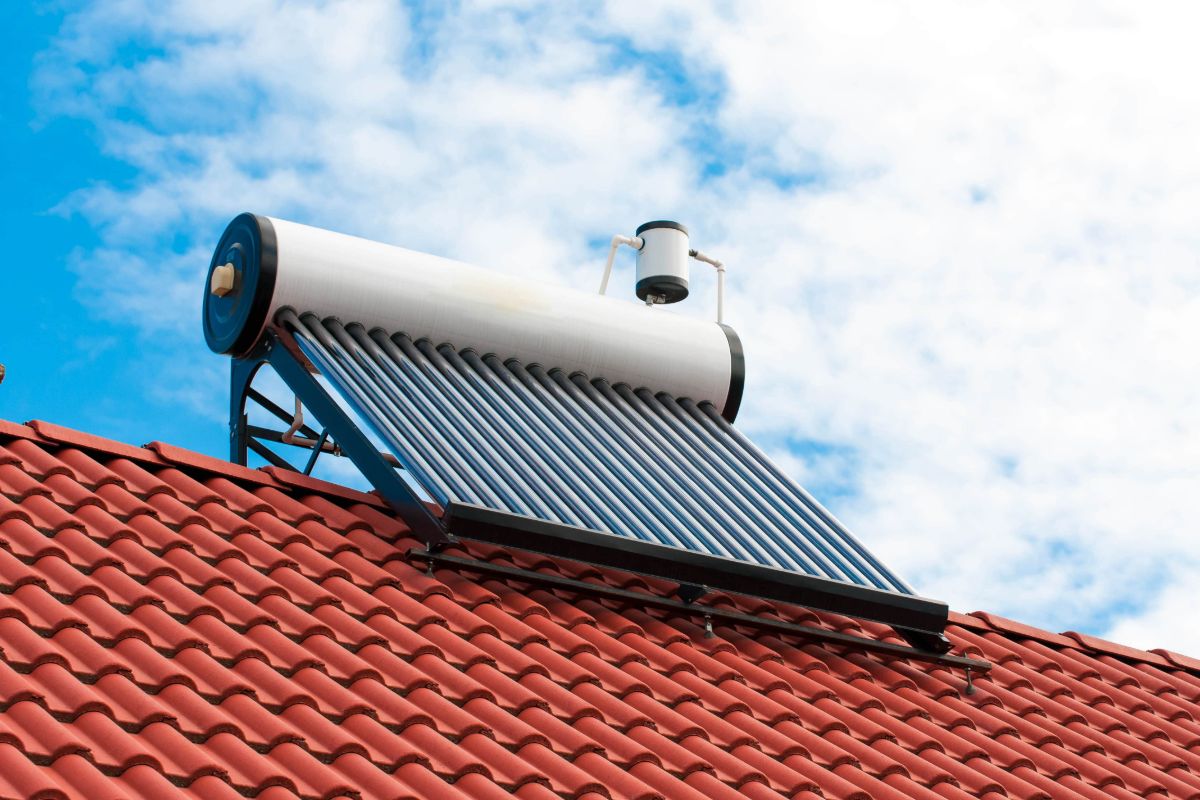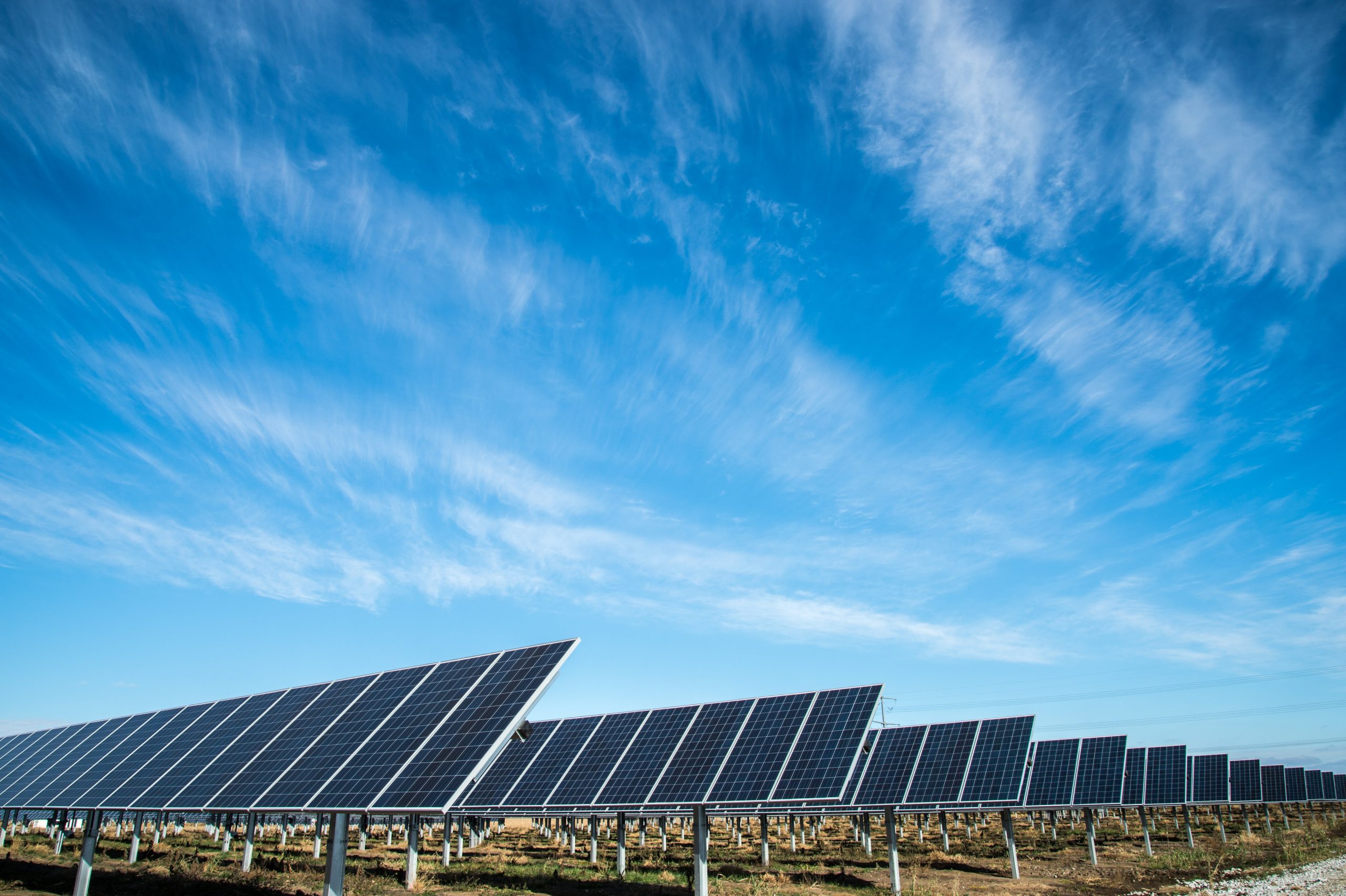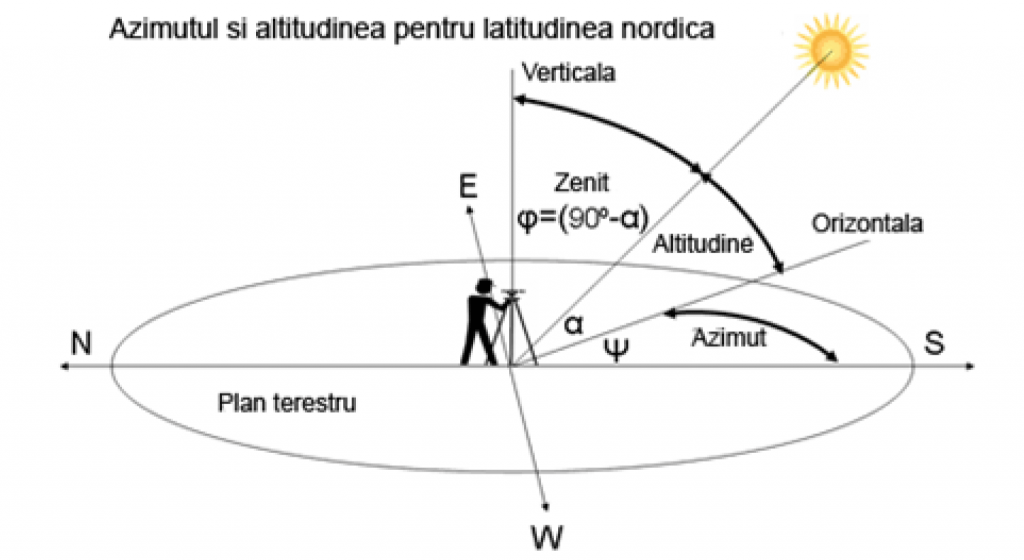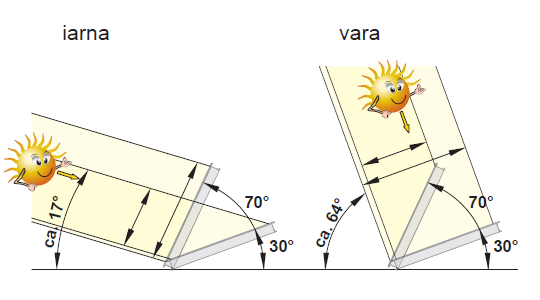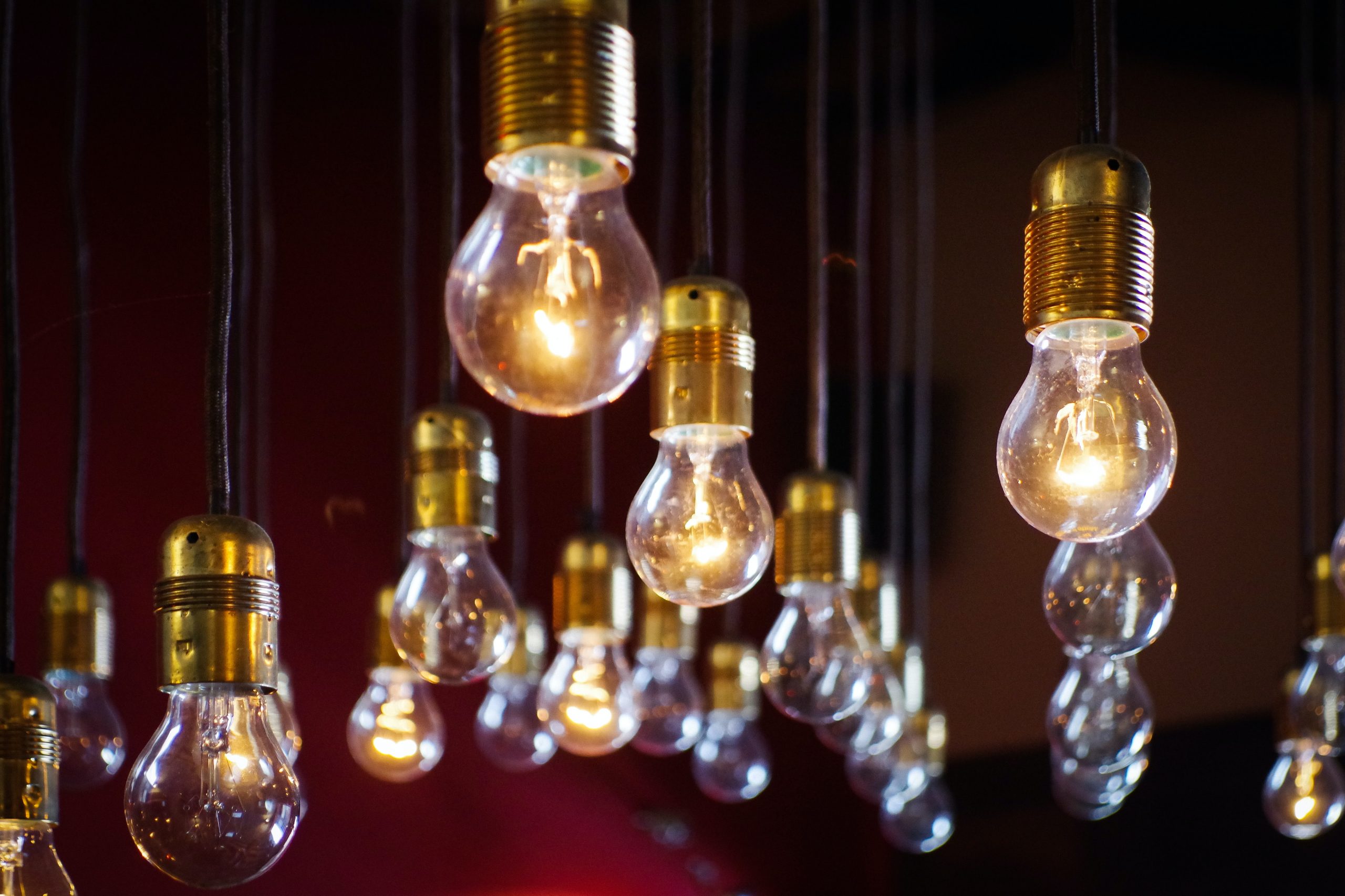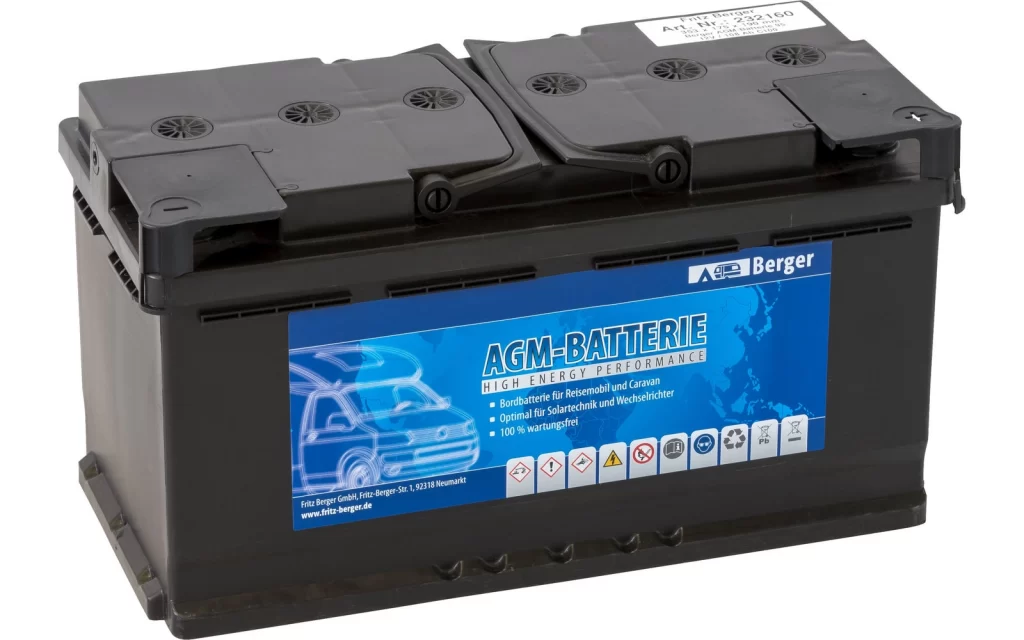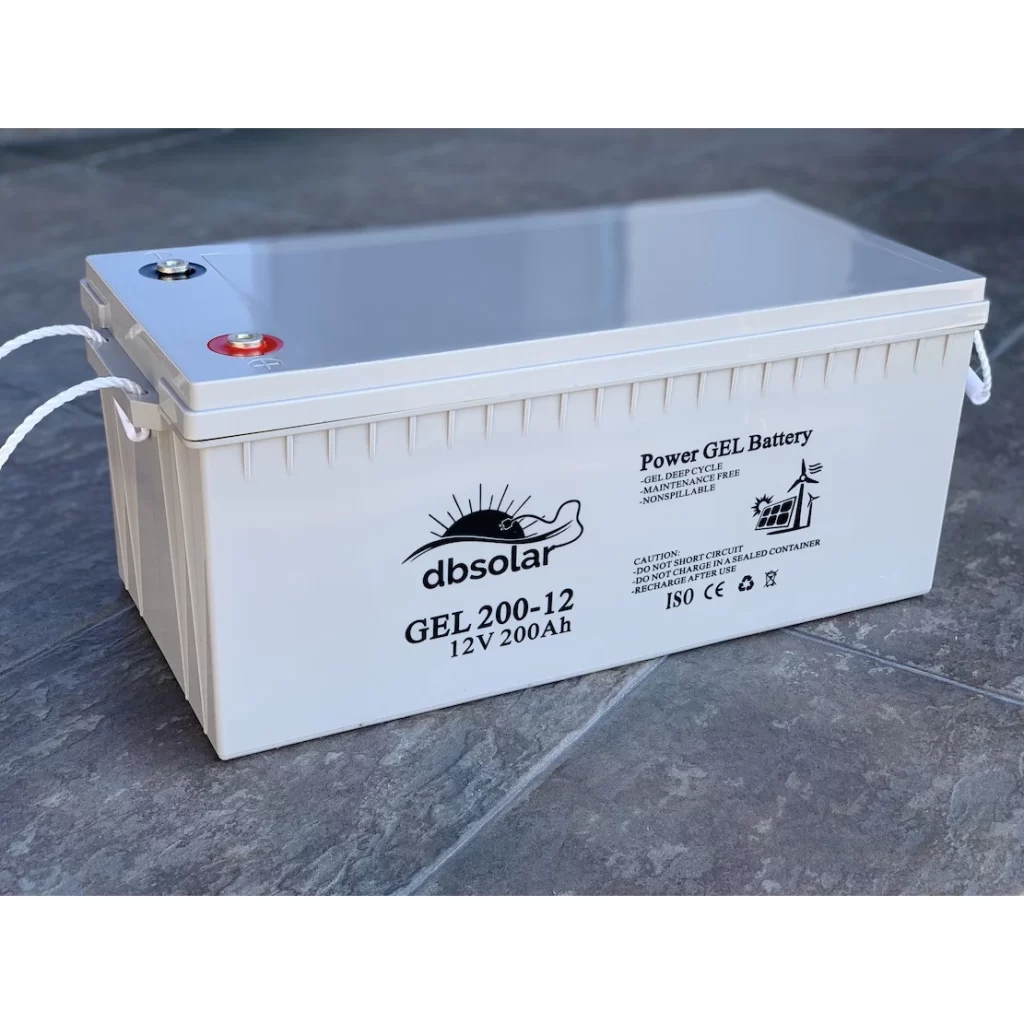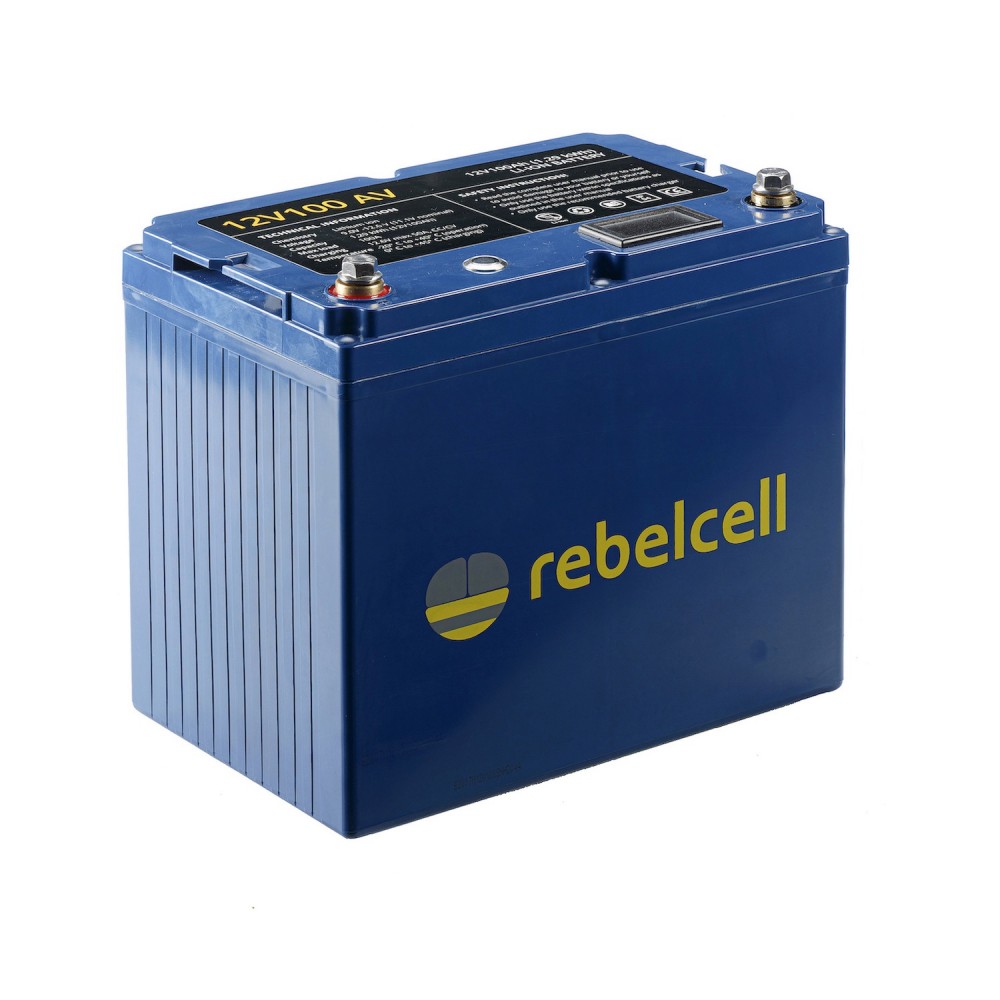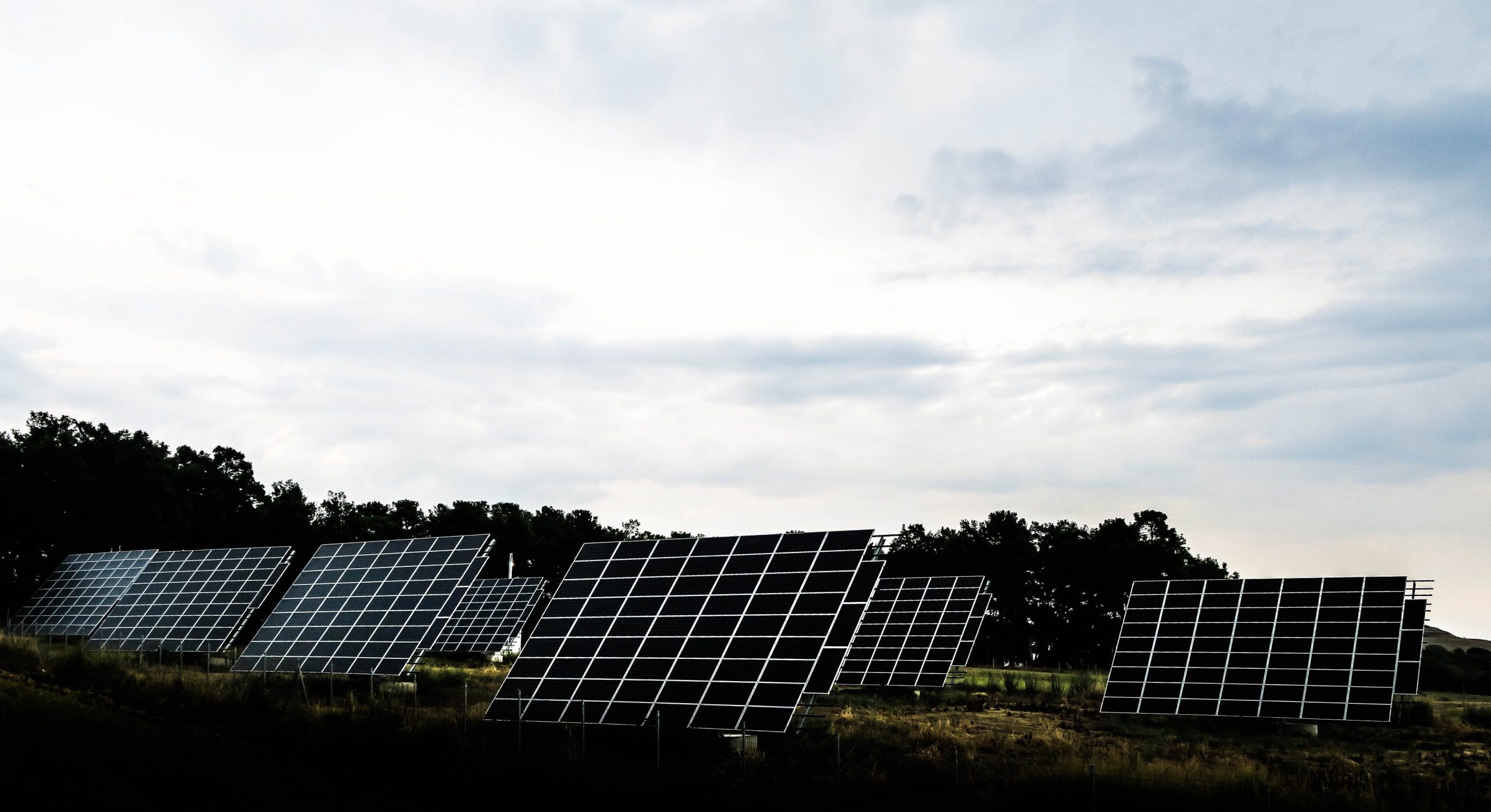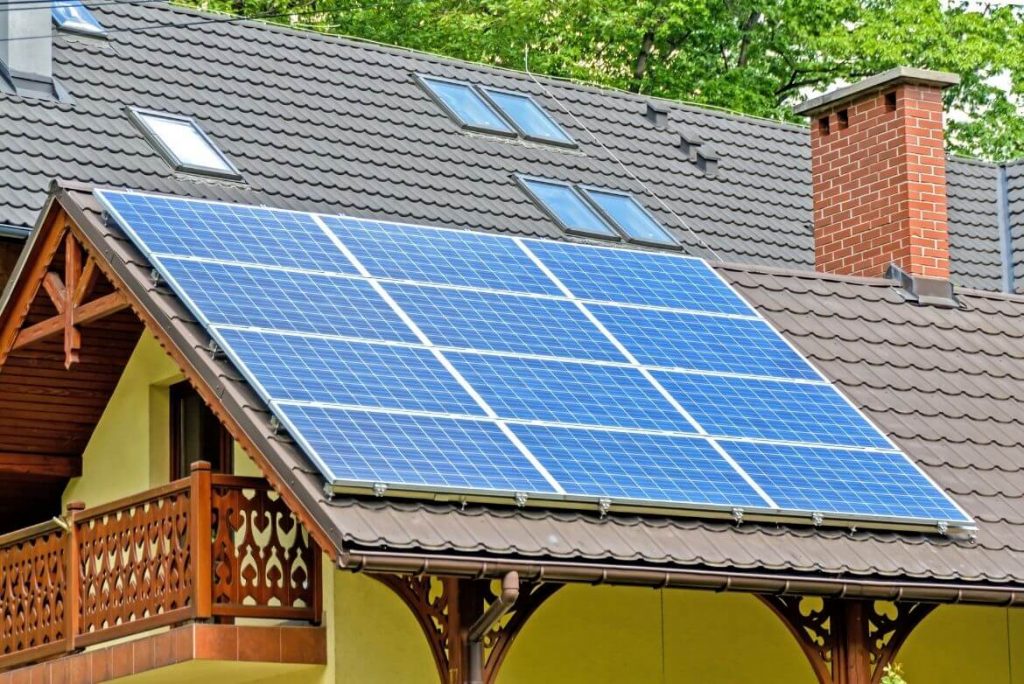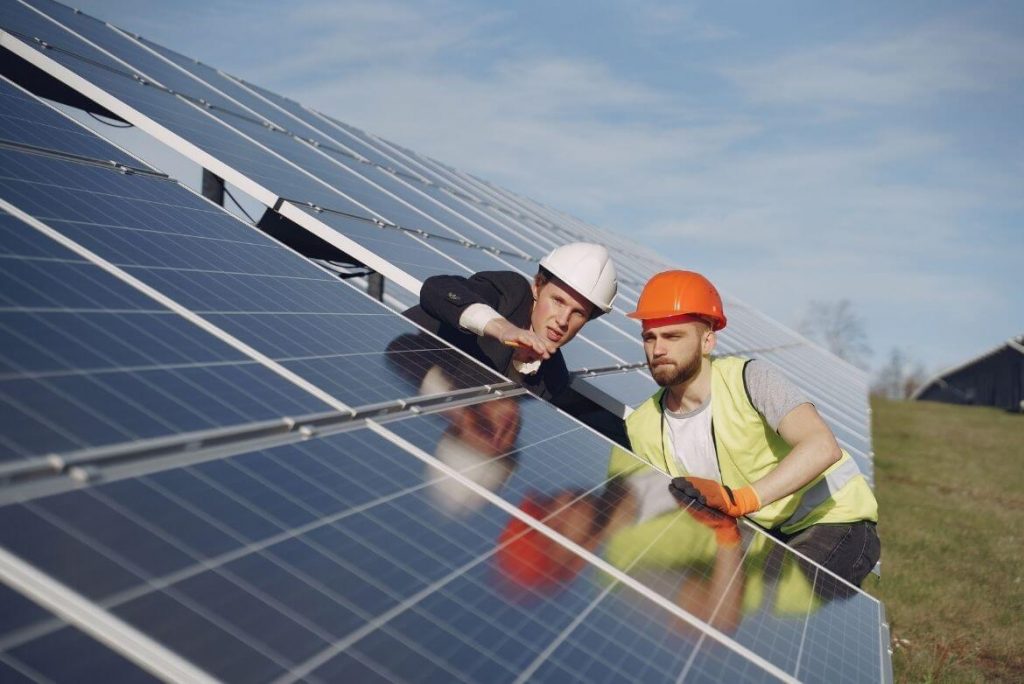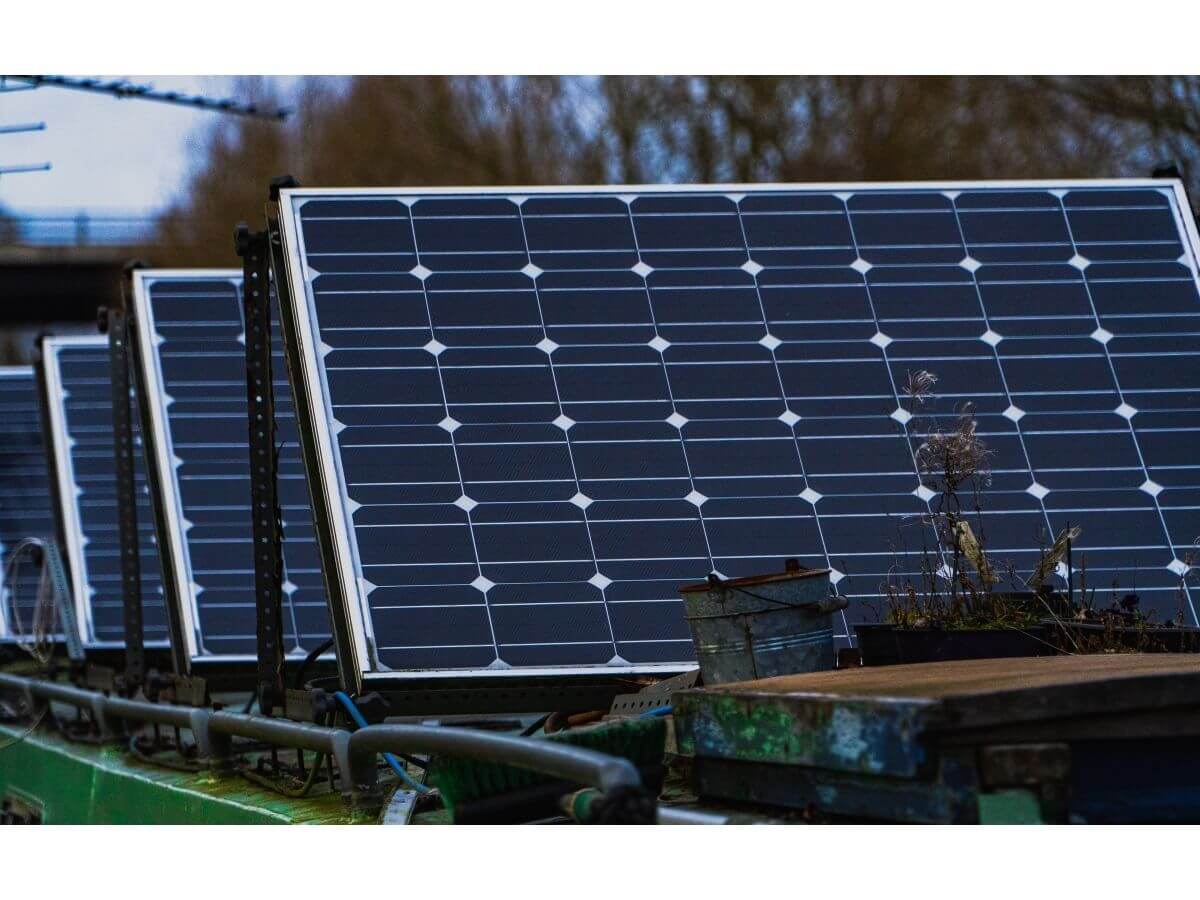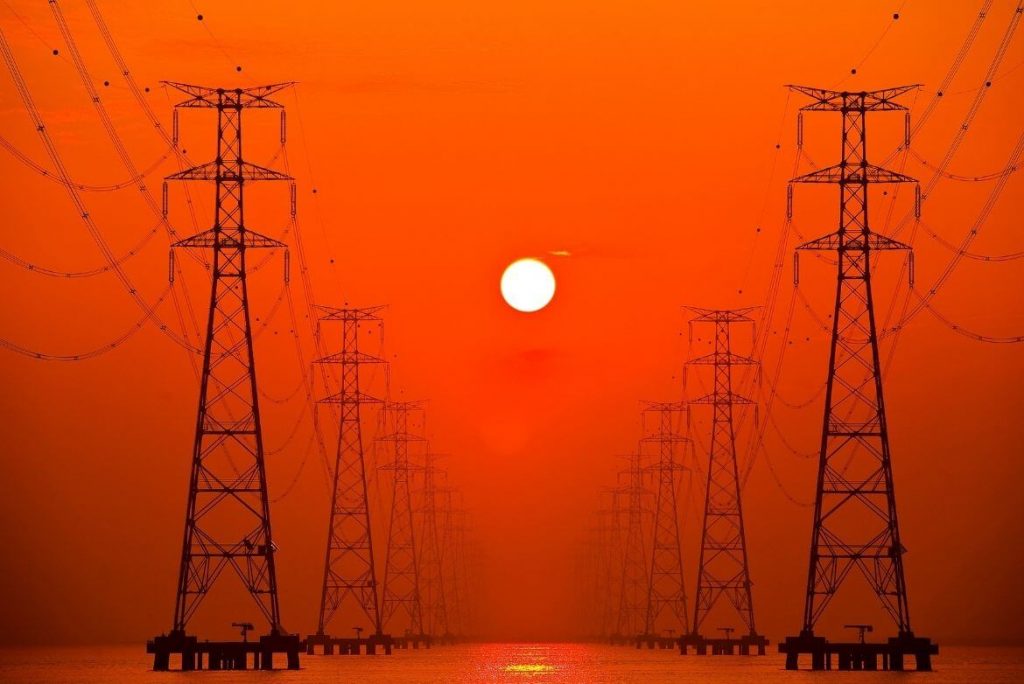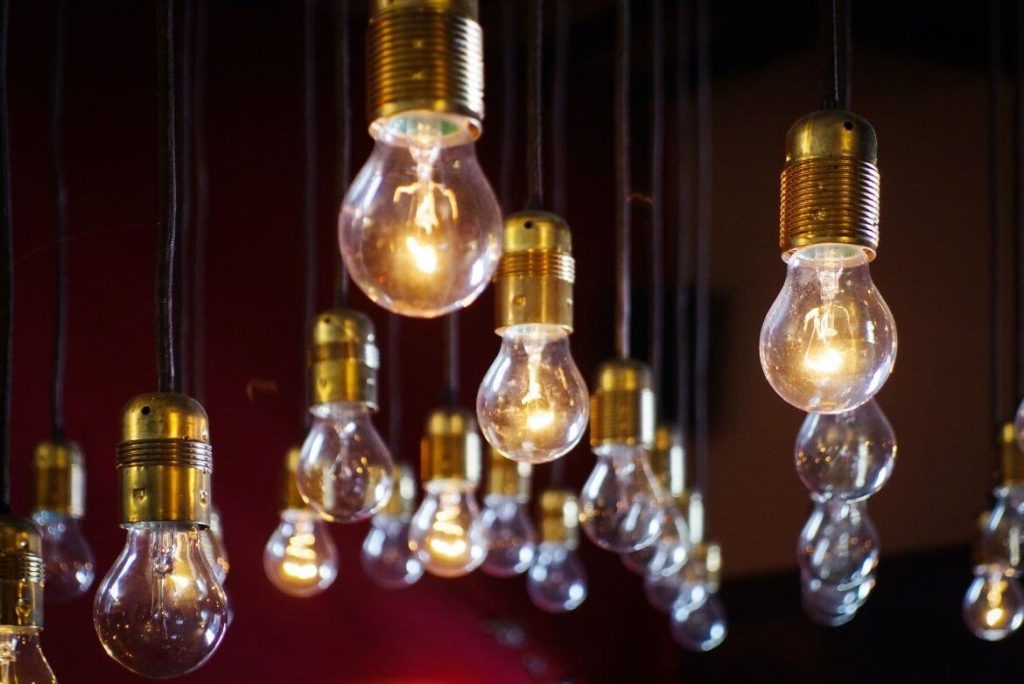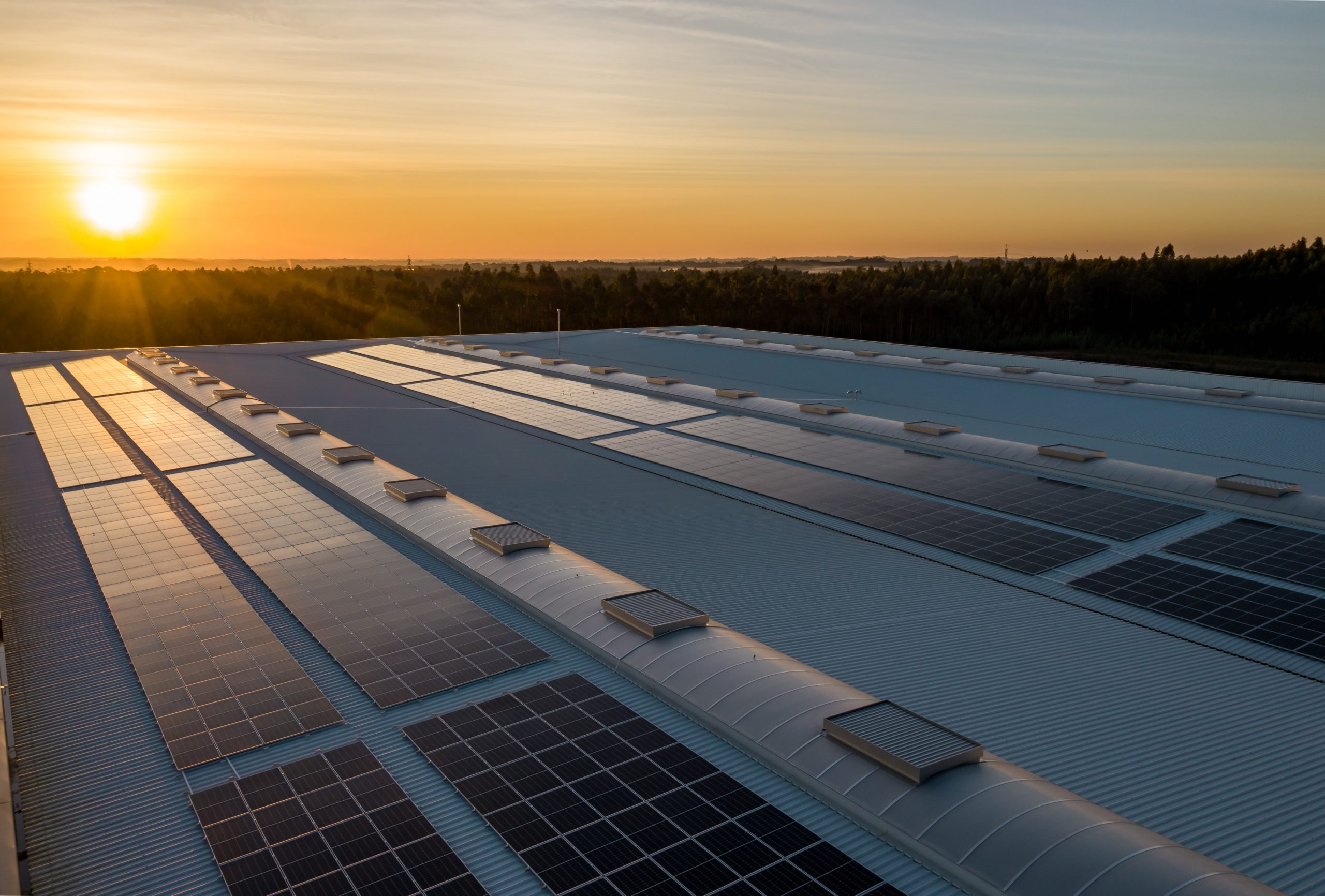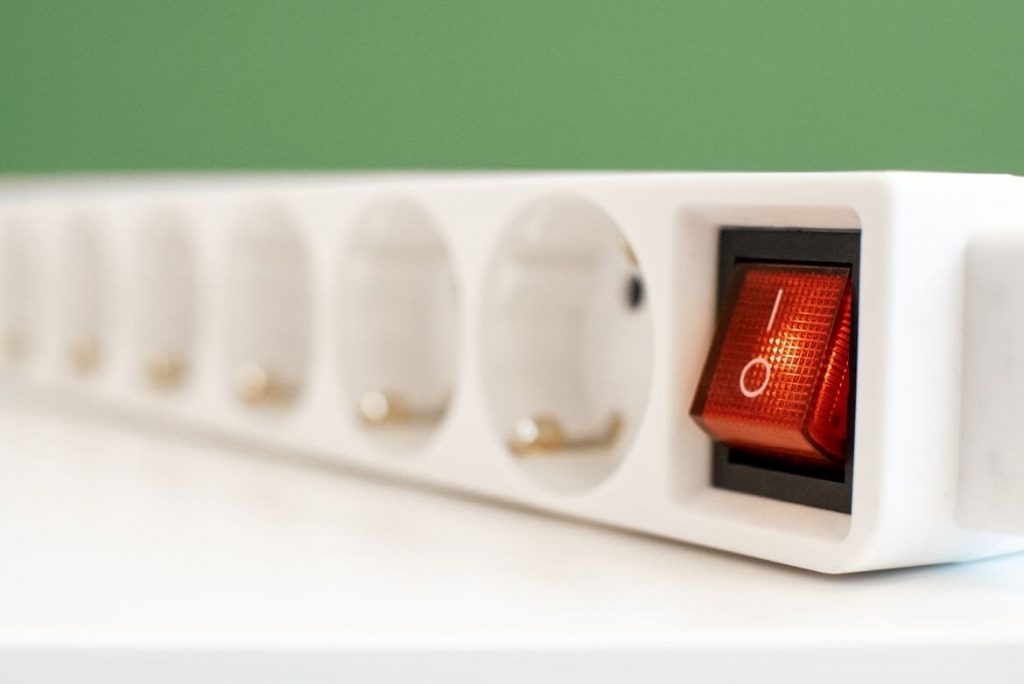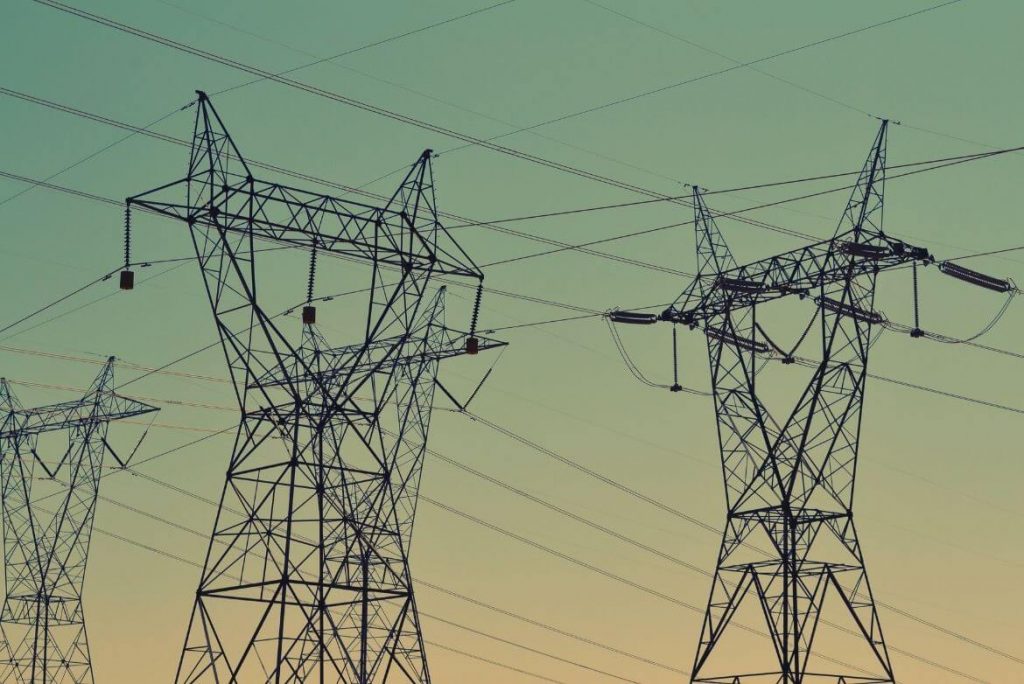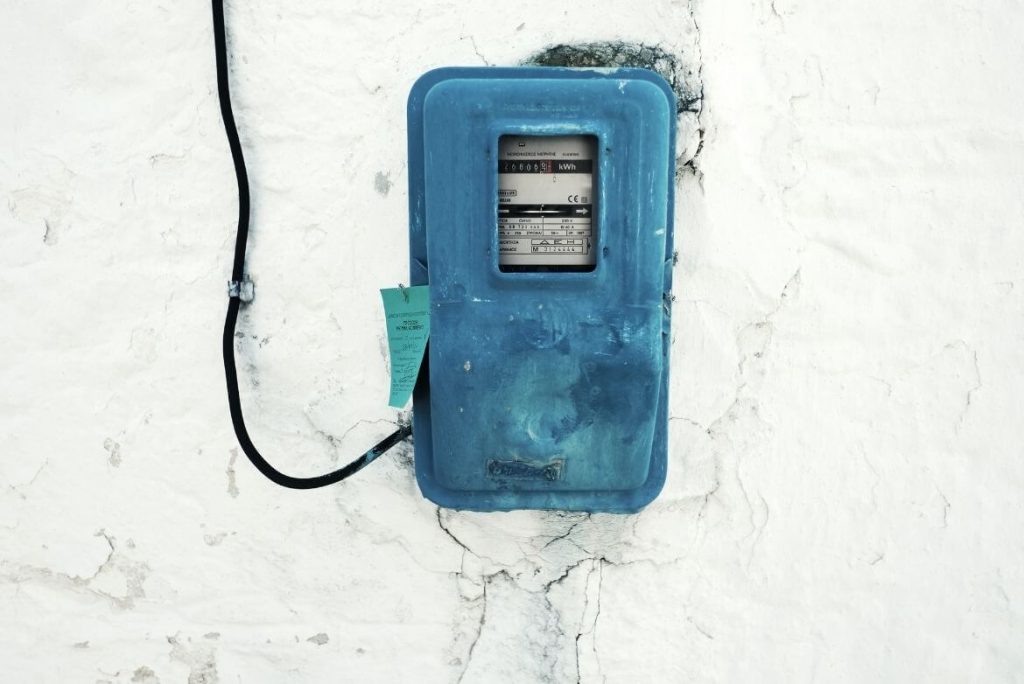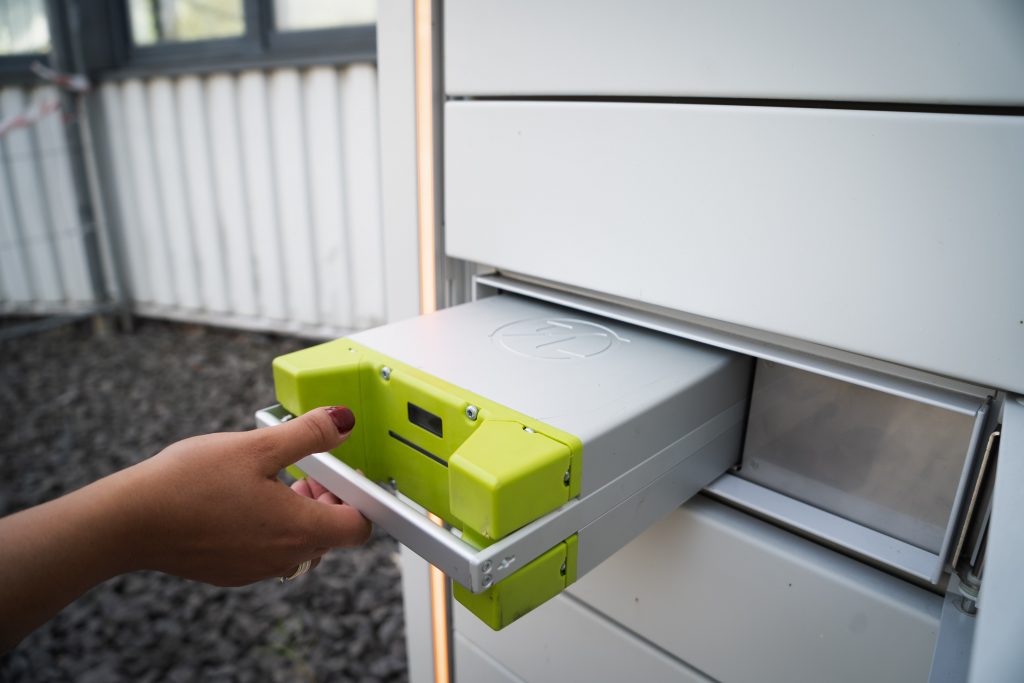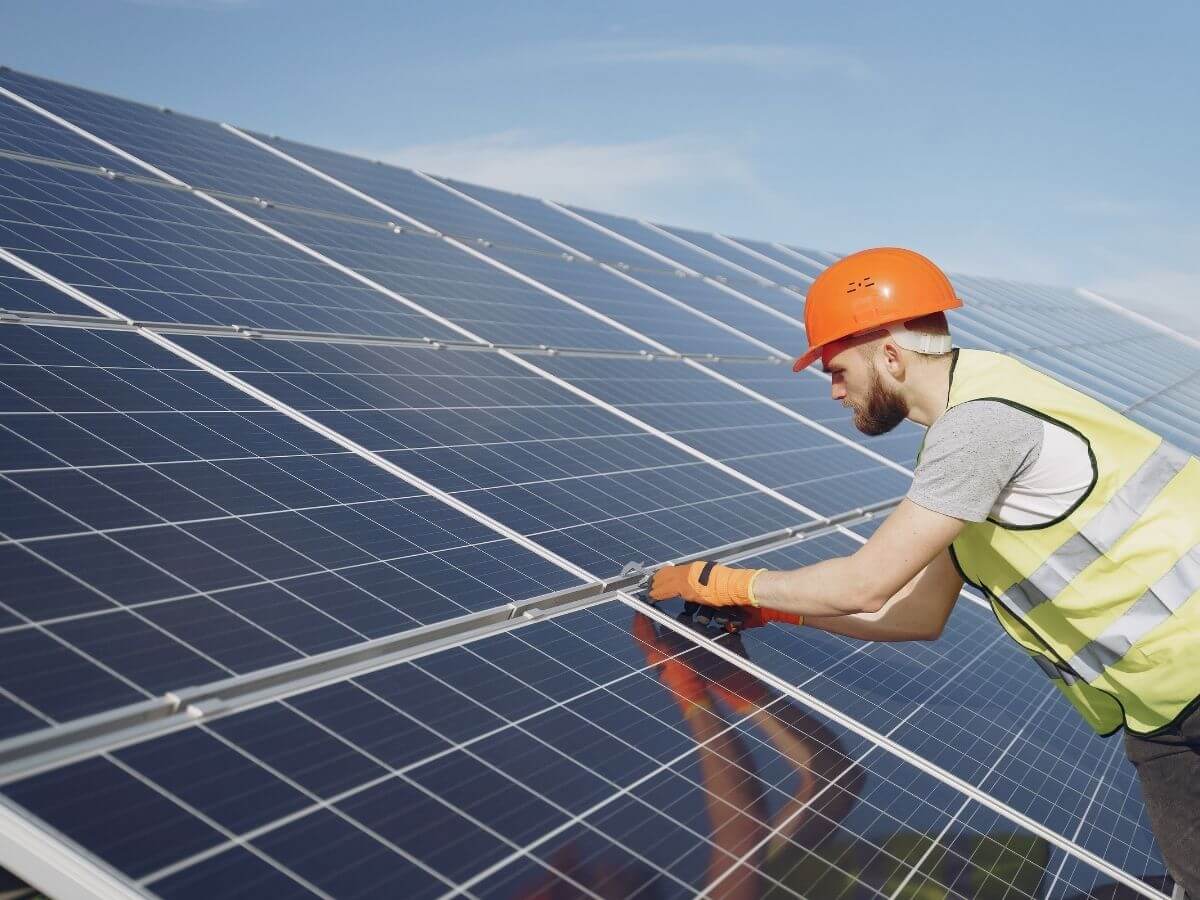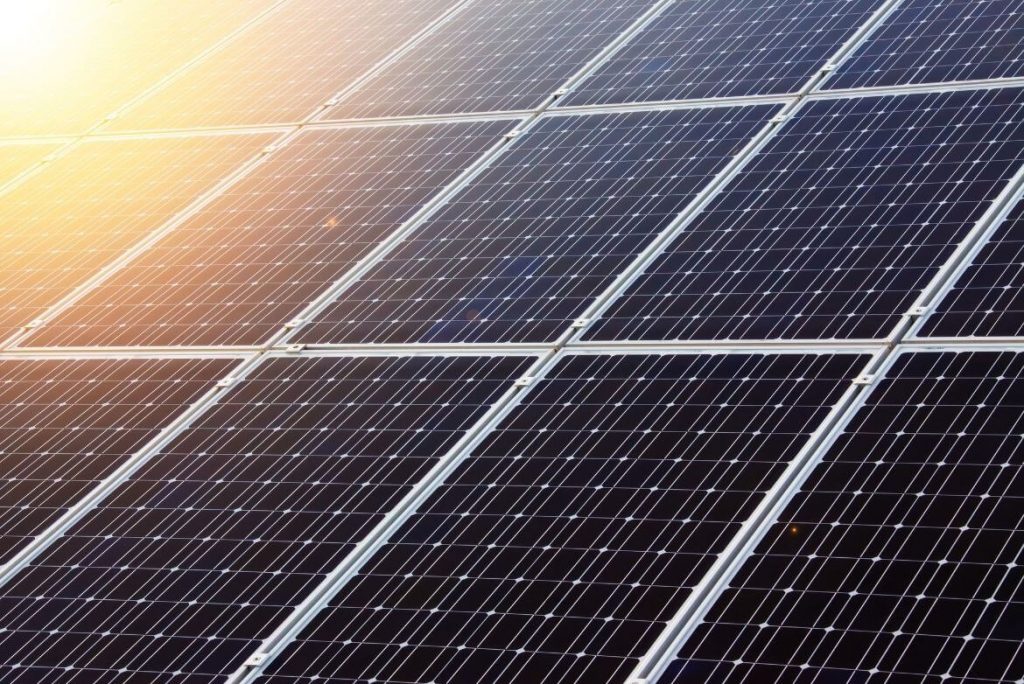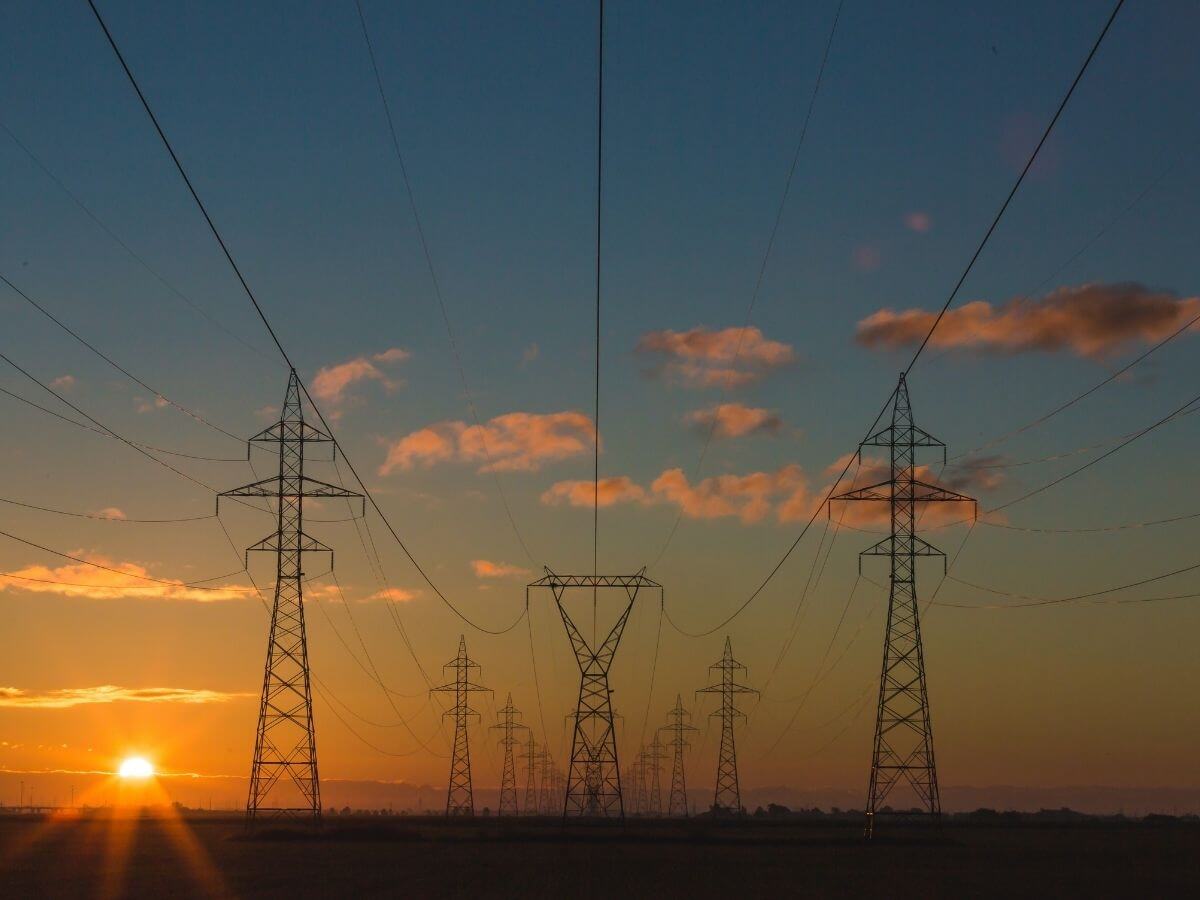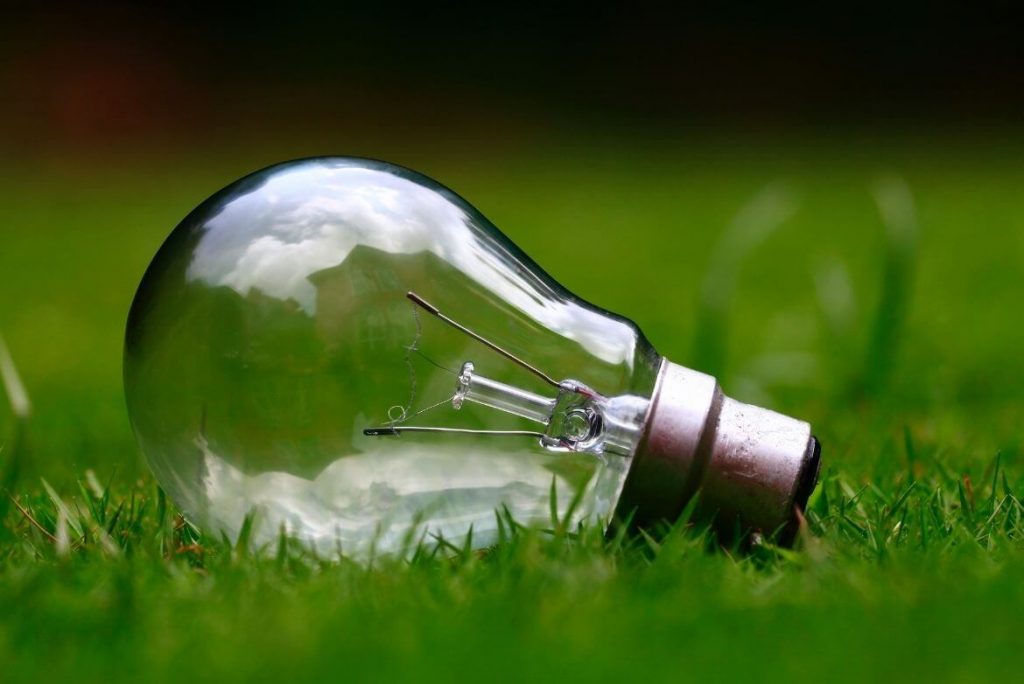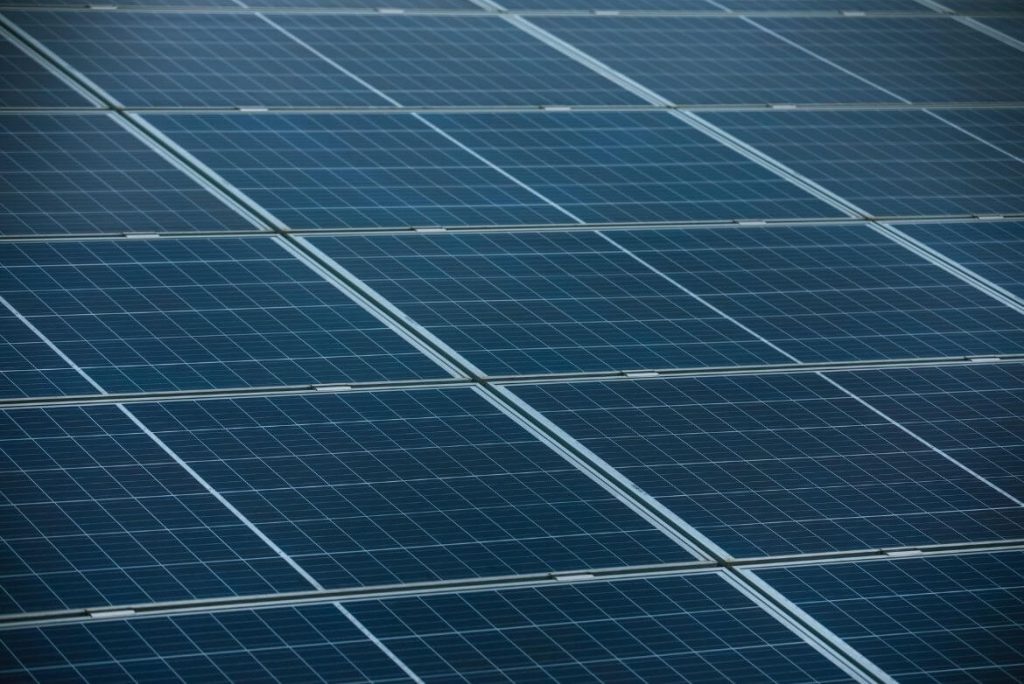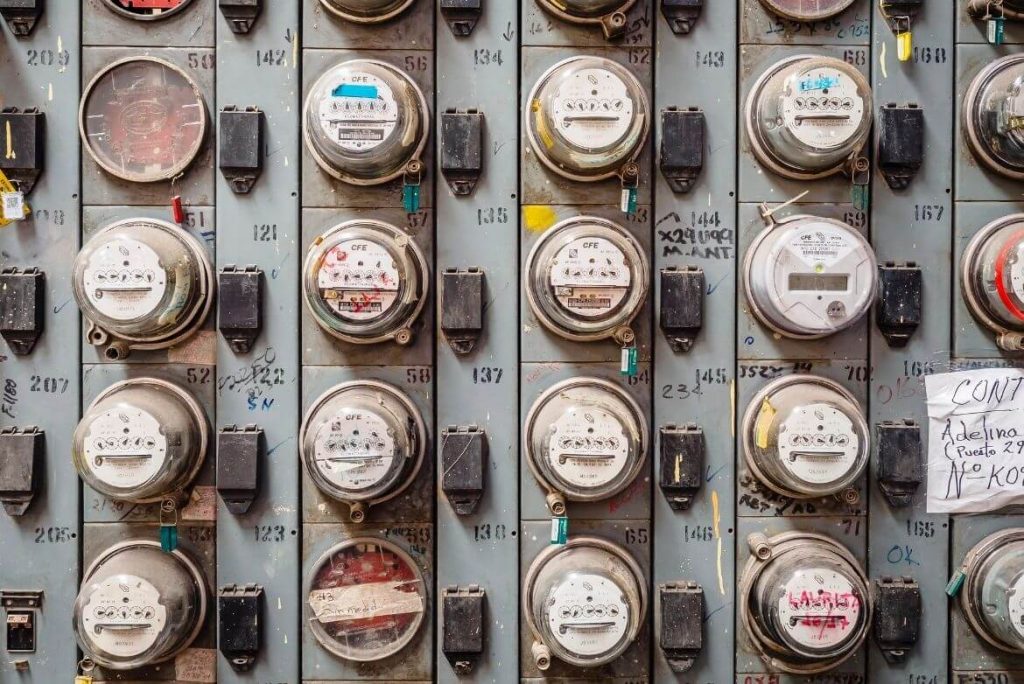Every day new models of solar panels appear, which are used for different purposes. They can be divided into two broad categories:
- Photovoltaic panels, which convert solar energy into electricity;
- Solar thermal panels, which convert solar energy into heat.
In turn, thermal solar panels come in two types: pressurized and non-pressurized.
In the following, we will talk about non-pressurized solar panels, their characteristics and importance, as well as their advantages and disadvantages.
What is a non-pressurized solar panel?
Non-pressurized solar panels are becoming increasingly well-known and used in Romania because they do not consume any energy when in operation. Generally, they are known as solar panels for hot water, as their primary use is to heat water using solar radiation captured in the vacuum tubes.
We can say that the way non-pressurized panels function is similar to that of a thermos that keeps beverages hot. Therefore, it is a relatively simple mechanism.
The vacuum tubes of non-pressurized panels are composed of two layers of glass with a vacuum between them. The outer layer of glass is made of borosilicate glass, allowing up to 98% of solar radiation to pass through to the second layer of glass. This second layer of glass has anti-reflective properties, absorbing solar radiation and transferring it to the thermal agent inside the tube.
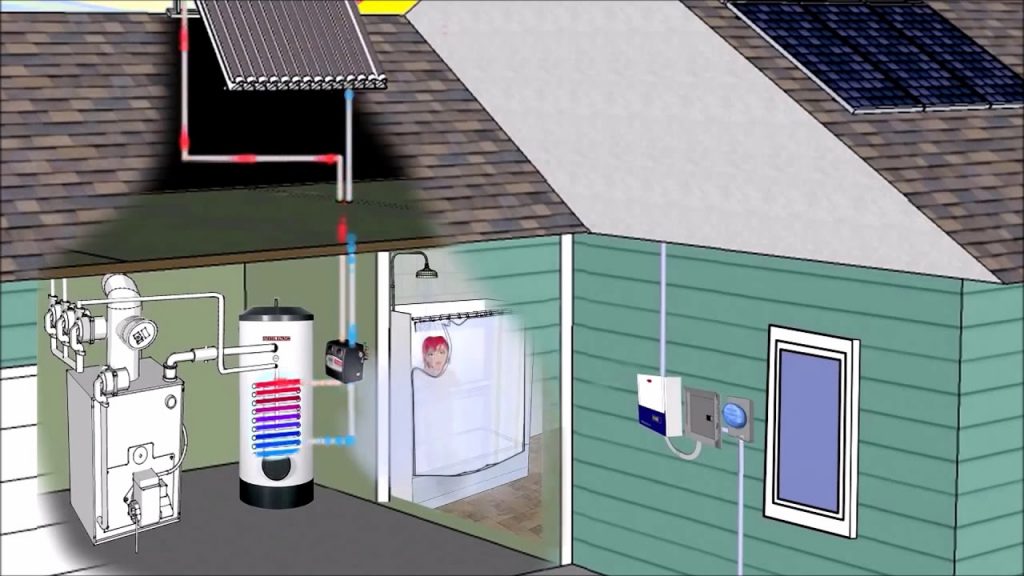
In solar hot water systems, the heating agent is heated directly in the evacuated tubes. The thermosiphoning principle causes the hot water to rise to the upper collection and pumping vessel, attached to the panel, being replaced by cold water.
Non-pressurized solar panel components
Solar panels for hot water have three main components:
- Vacuum tubes;
- Unpressurized tank;
- Floating vessel, which regulates the supply of cold water to the tank.
Hot water is supplied to the household through gravitational flow. The fact that in Romania, the majority of houses have roofs and not flat platforms, at an approximate height of 5 meters, ensures a very good water pressure.
Advantages of non-pressurized solar panels
Non-pressurized solar panels are considered the best solutions for domestic hot water heating, offering multiple advantages:
- The investment cost is amortized within a maximum of 2 years from the installation of the system.
- Their purchase, installation, and maintenance costs are much lower compared to pressurized panels.
- Since they are non-pressurized, there are no risks of pressure or temperature buildup, and no water overflow, even when the water is not used for an extended period.
- Due to their straightforward installation process, they can be installed by almost anyone without specific knowledge.

Disadvantages of non-pressurized solar panels
Even though they are few, there are still some disadvantages of non-pressurized solar panels:
- Their installation requires some special accessories, which slightly increase the final cost;
- Cold water supply in summer can only be done in the morning or late evening. The tubes can be hot during the day and the difference in temperature can result in the tubes breaking. Even a single broken tube means the entire system is compromised;
- Also, in winter, the water can freeze and the pipes can break.
